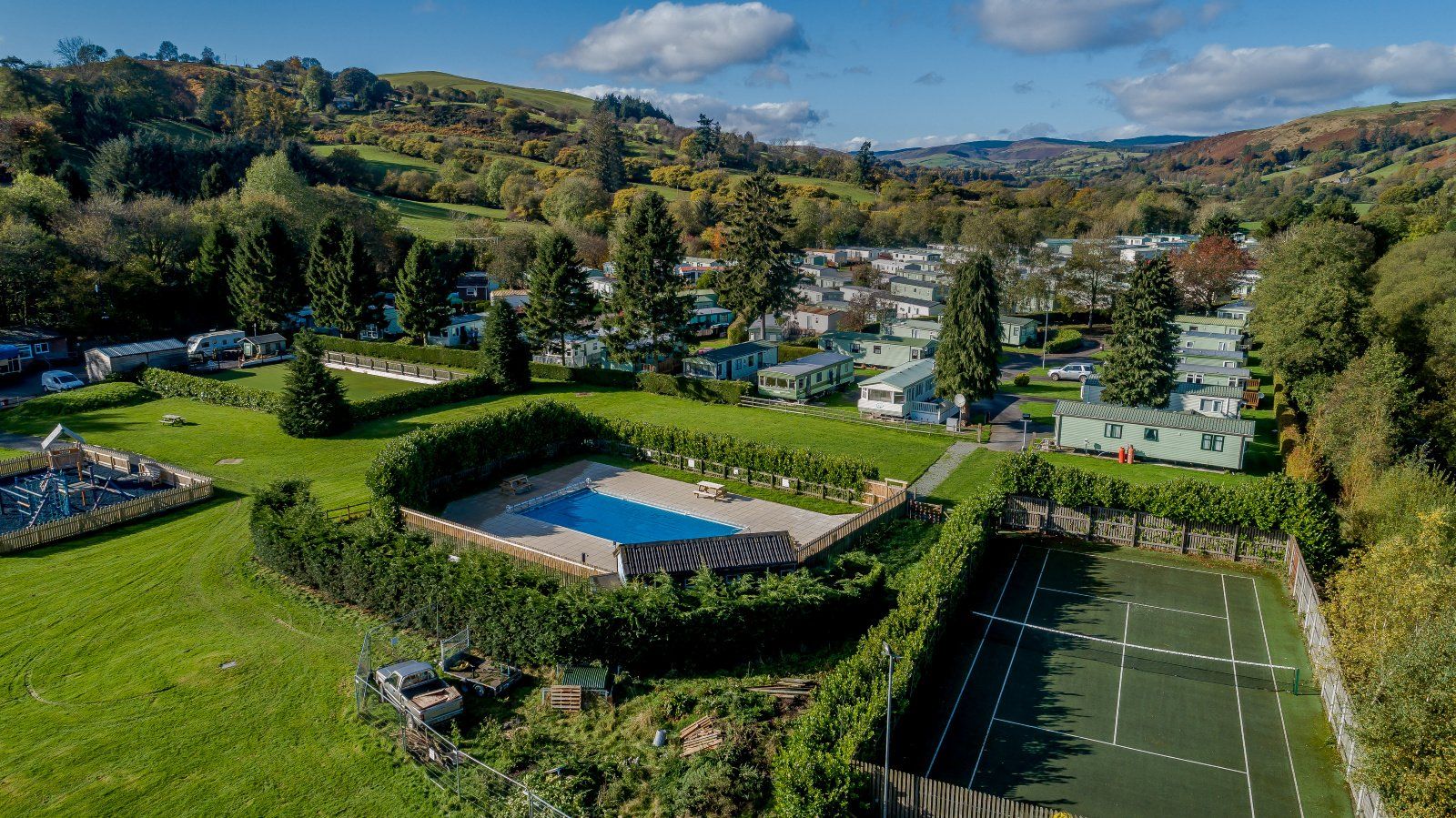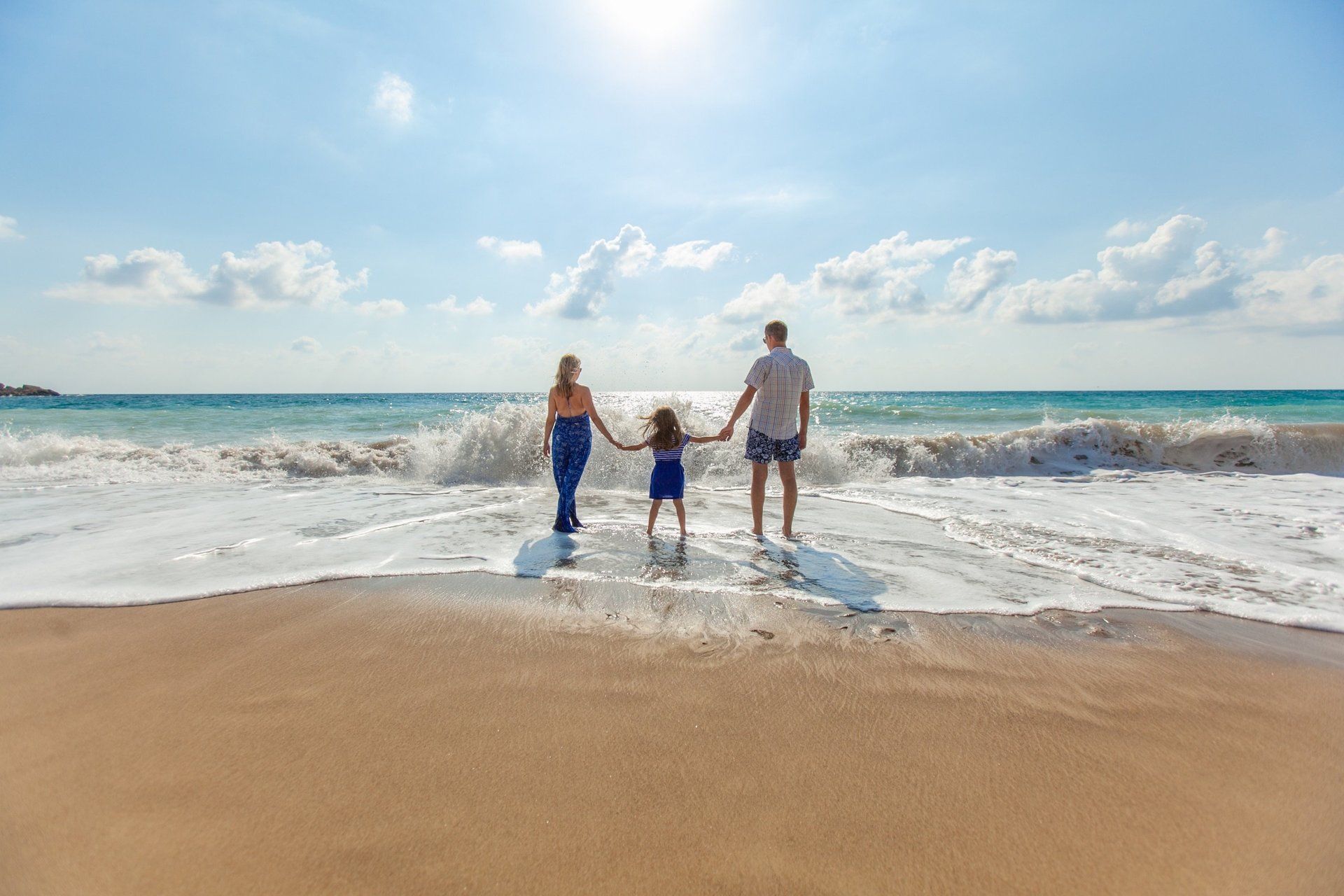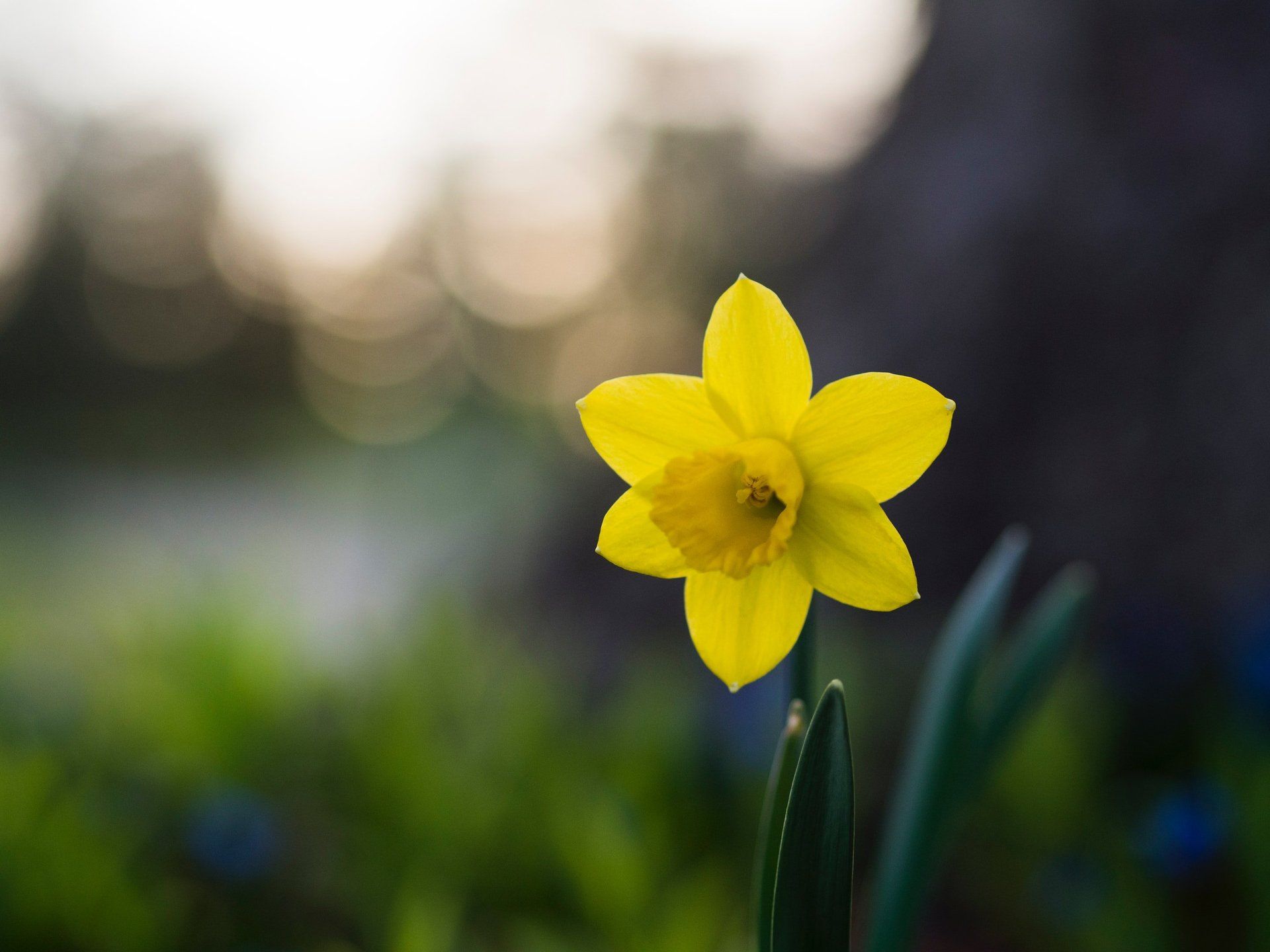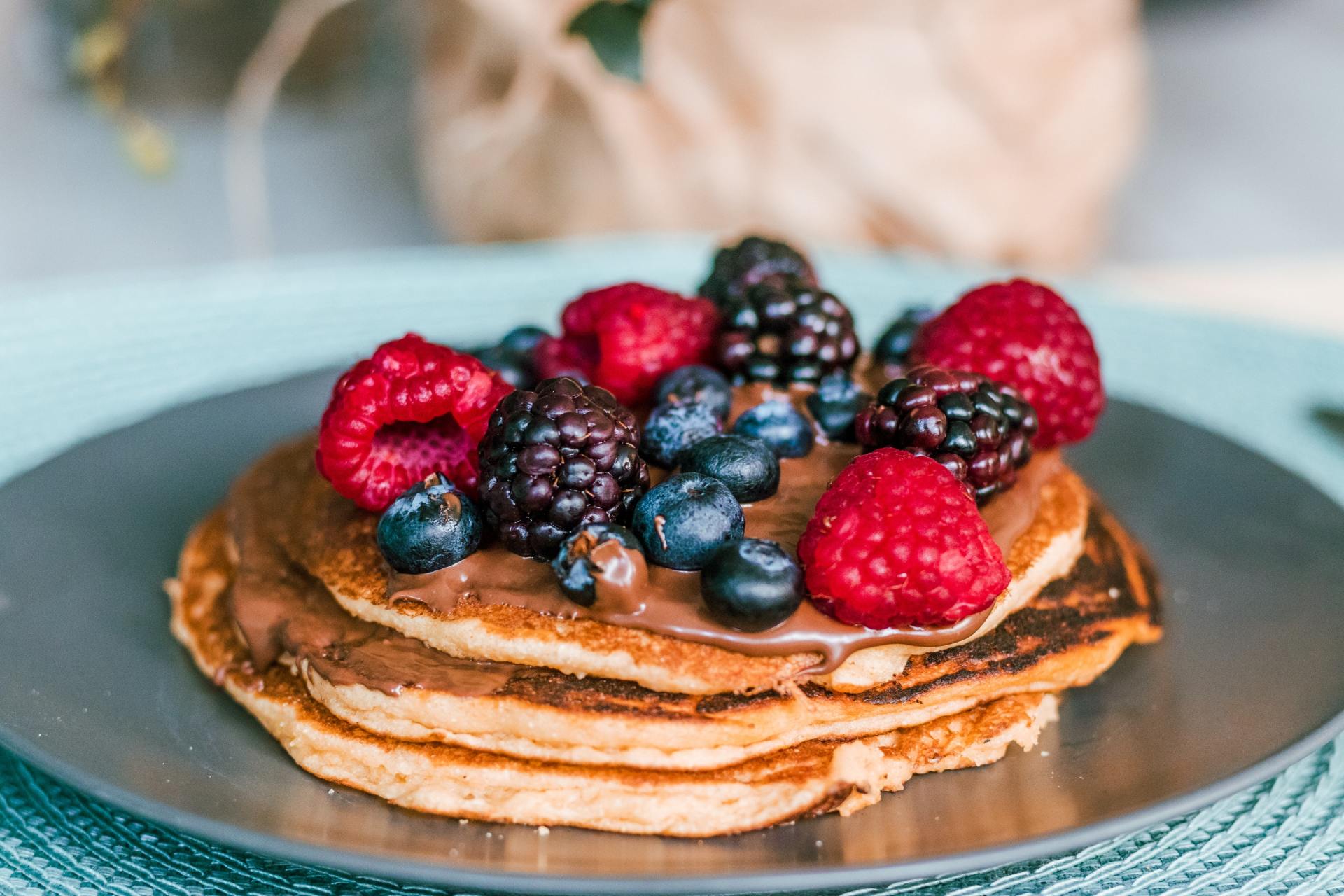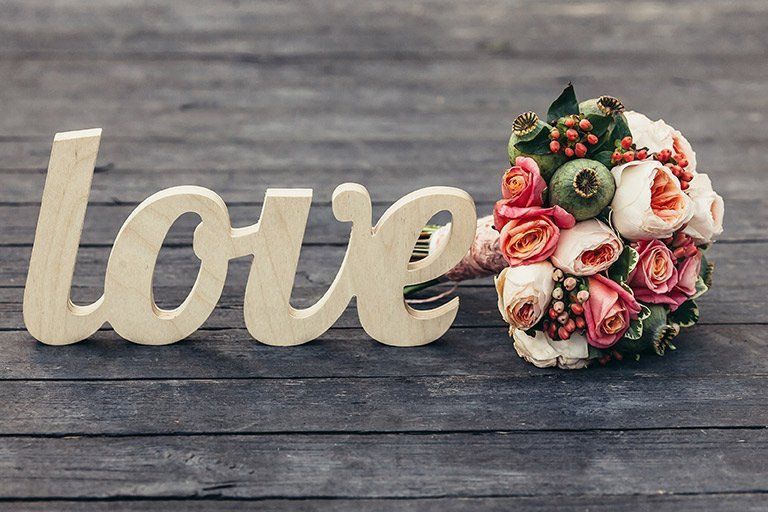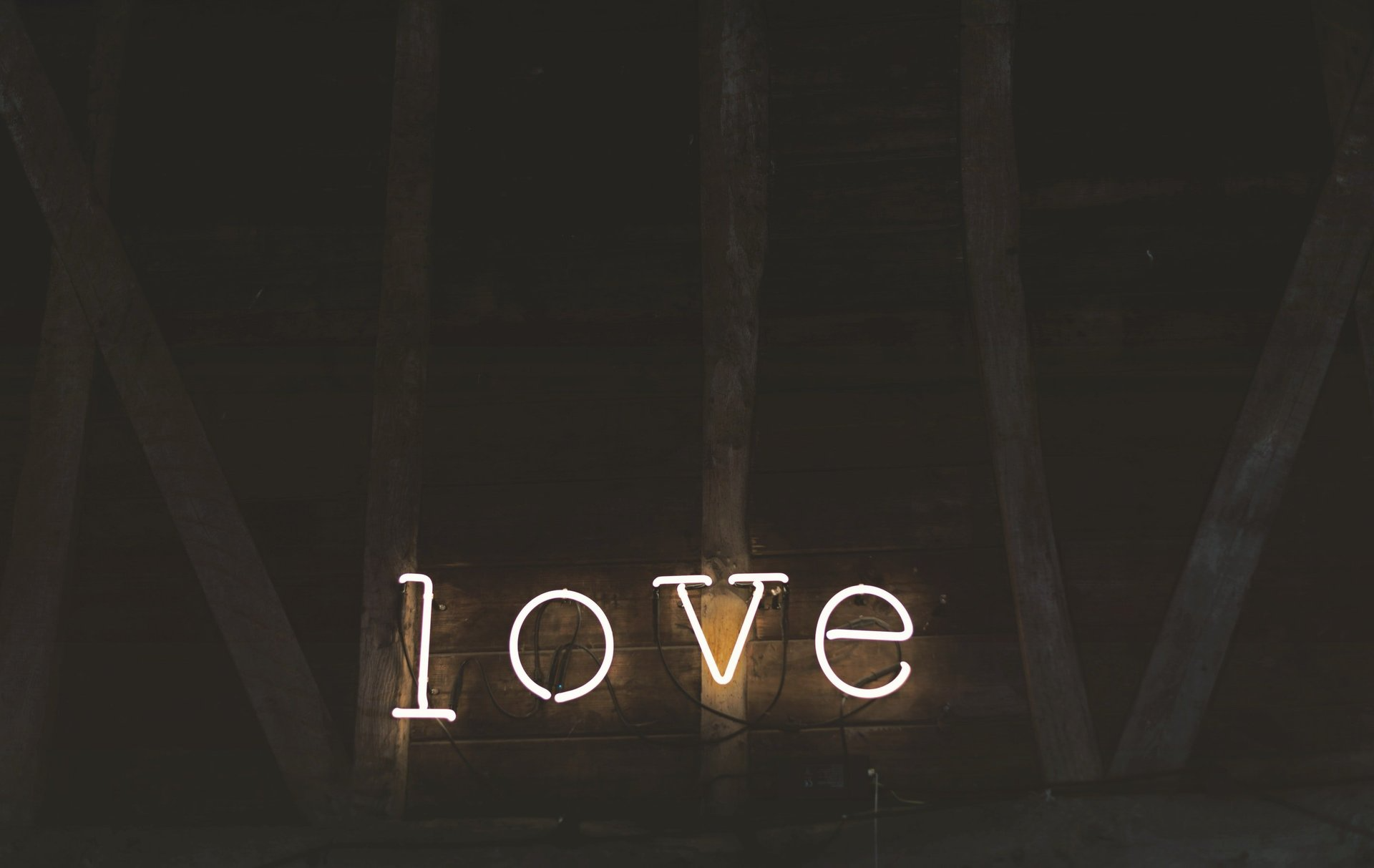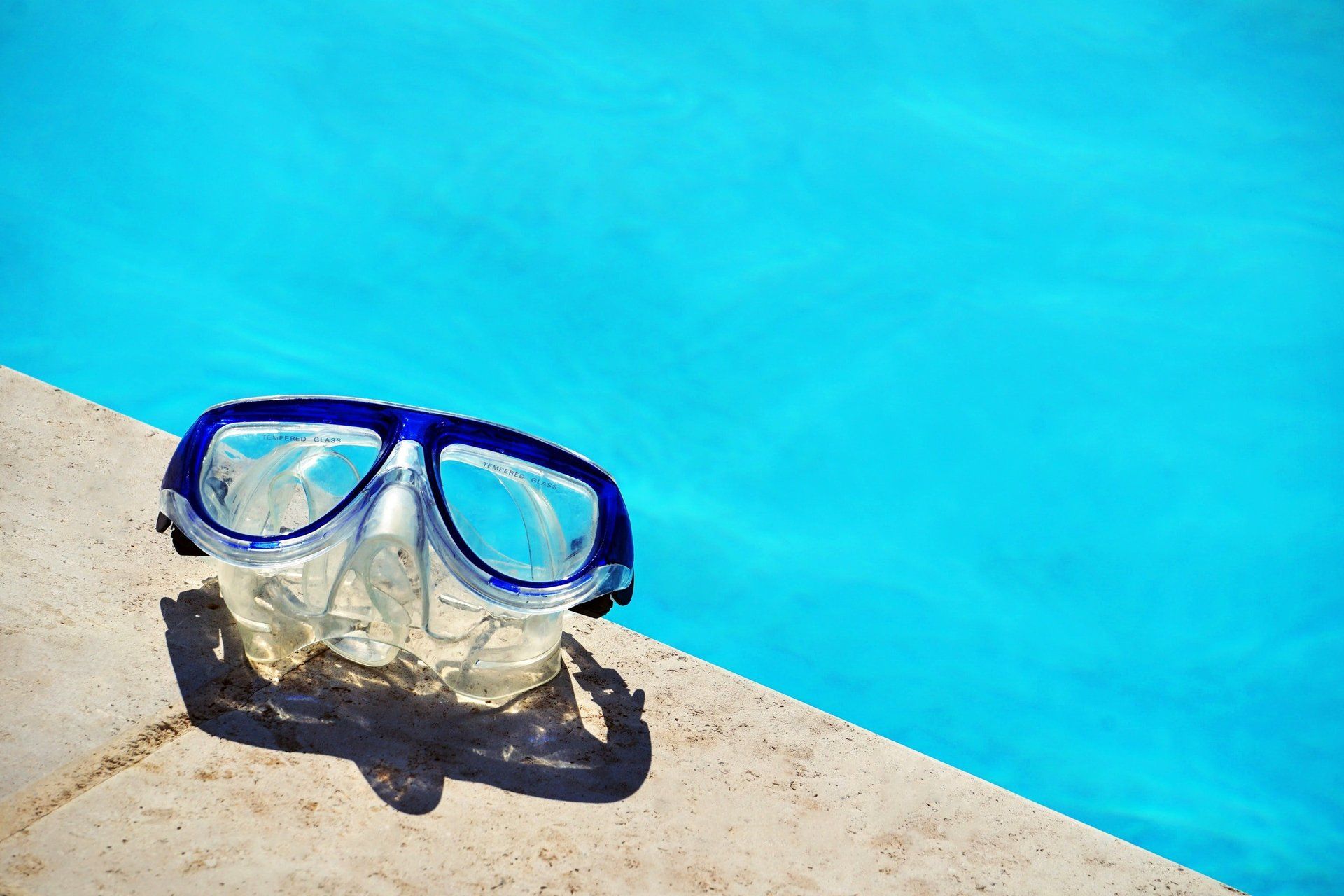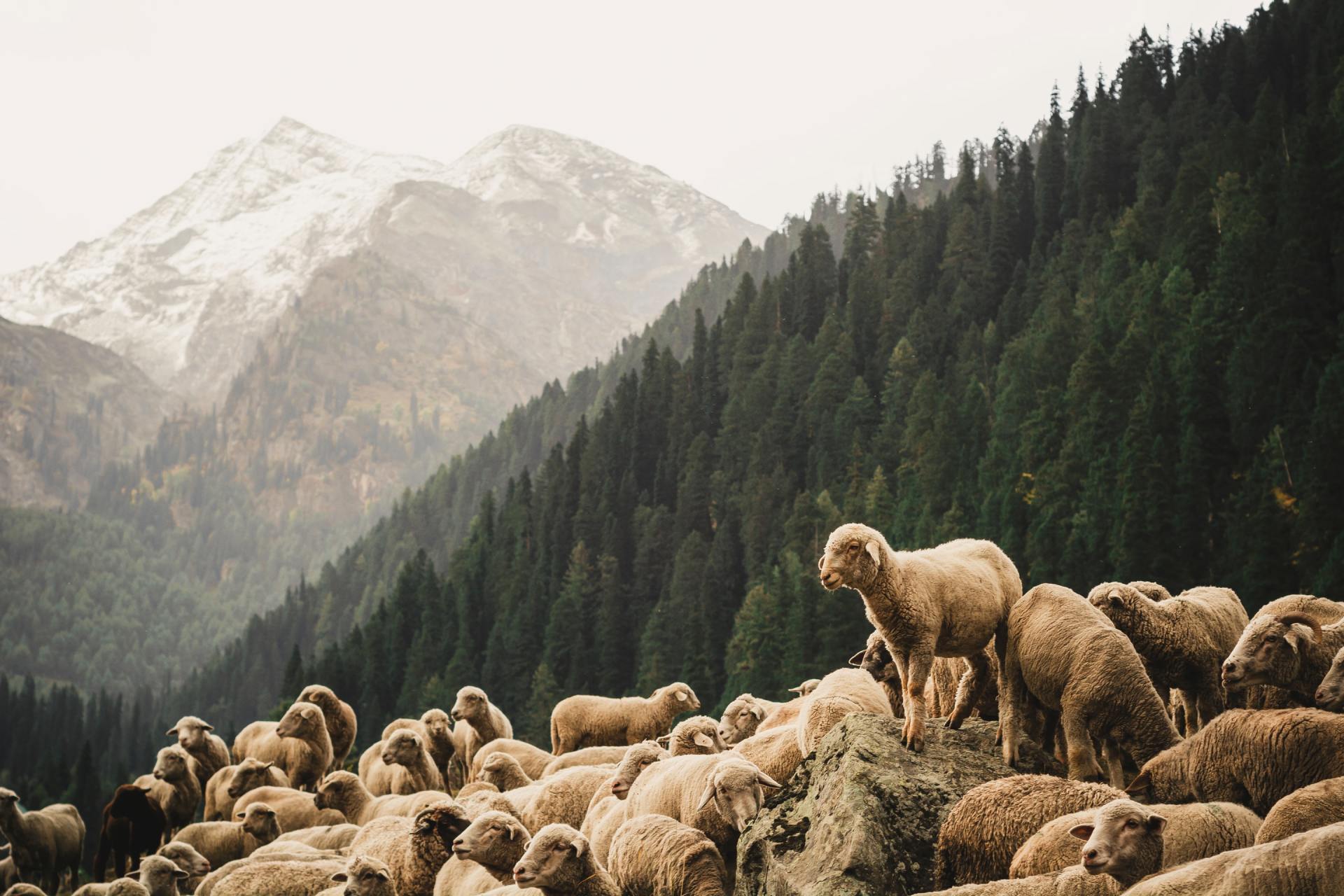600
Caernarfon Castle
Caernarfon Castle overlooks the Menai Strait and is steeped in history. The castle is a major focal point of the town and you may recognise it. That’s because it is where Prince Charles was invested in 1969 and the very first Prince of Wales was born there.
The current Caernarfon Castle was built in the 1280s by Edward I, but the Romans built a fort on the site around AD47.
Powis Castle
Powis Castle is a beautiful Medieval castle and it’s within easy reaching distance of Twin Rivers Holiday Park as it is in Welshpool. It was originally built by Welsh prince Gruffydd ap Gwenwynwyn but the amazing building that stands today is largely thanks to the Clive family.
Powis Castle is currently part of the National Trust and the Clive Museum housed in the Castle is the UK’s largest private collection of Far Eastern and Indian objects. The castle rises above a stunning garden and is truly worth a visit when you are in Mid Wales.
Conwy Castle
Conwy castle dates back to the 13th-century and it rather splendidly still has its town walls intact. The structure towers over the town of Conwy, even to this day, and on a clear, sunny day it makes the perfect selfie spot from the tower. The castle was built in just 4 years between 1283 and 1287 by King Edward I and Master James of St George, the greatest architect of his time.
Alongside Harlech, Caernarfon and Beaumaris, Conwy Castle makes up an UNESCO World Heritage Site.
Caerphilly Castle
The castle at Caerphilly is the second largest in Britain and boasts an impressive water defence. Second to Windsor in Britain, Caerphilly is the largest castle in Wales and is three times the size of the Principality Stadium in Cardiff. It’s a whopper.
The castle is well worth a visit, if only to see its very own leaning tower – it’s even wonkier than Pisa!
Holidays Fit for Kings and Queens!
Fancy being your own king or queen of the castle? Well, head to Twin Rivers Holiday Park in 2021 for a staycation you’ll never forget. Our deluxe lodges and spectacular glamping units offer you a comfortable and unique holiday stay. So good, you’ll want to book your staycation 2022 before you leave. But be quick 2021 is booking up fast!
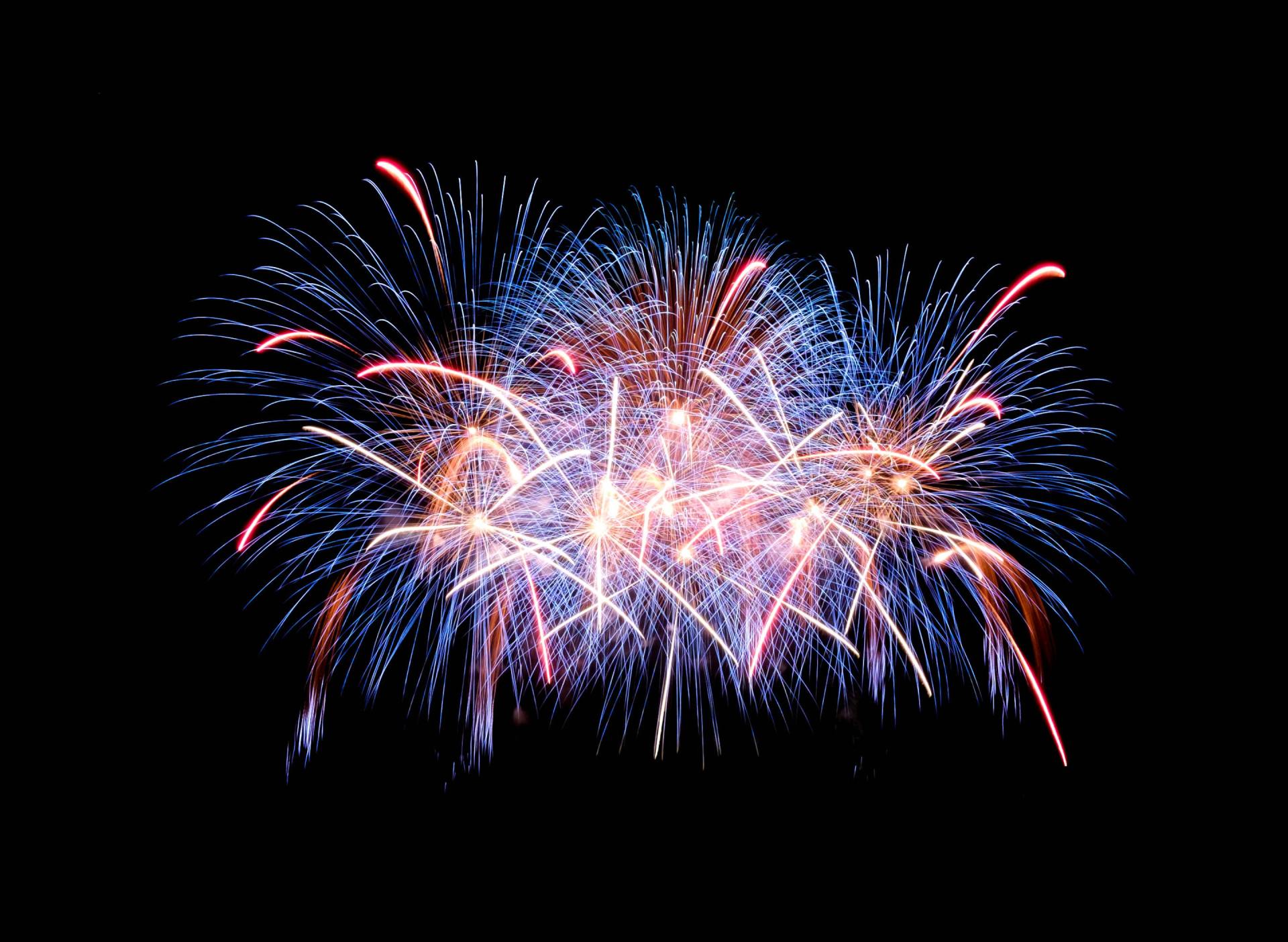
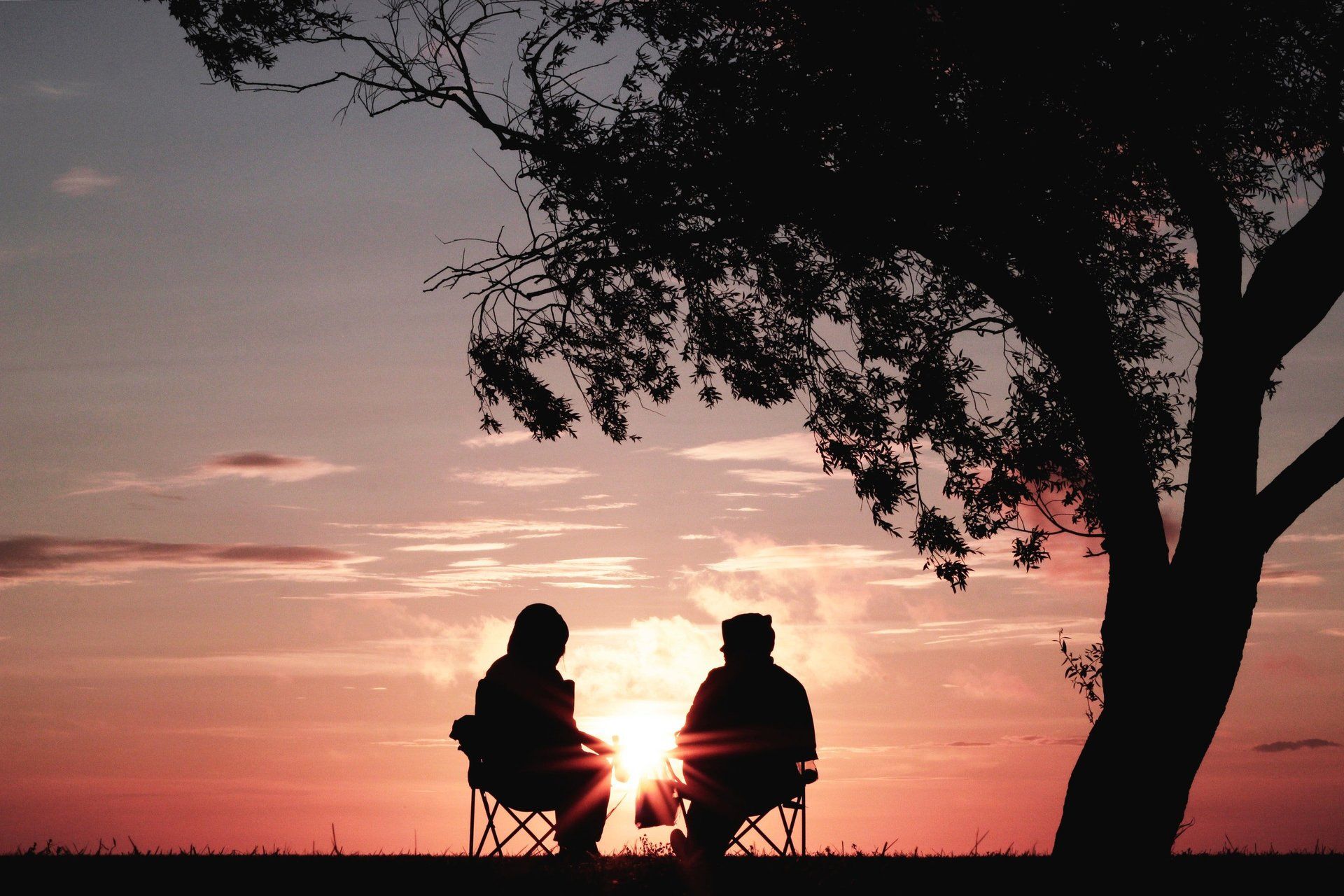
Foel, Welshpool, Powys SY21 0NS
© 2021 All Rights Reserved | Twin Rivers Country Park
Website designed by Brand & Flair Ltd
Join our mailing list to receive discounts, useful tips, park news and updates...
Join our mailing list for general park news
Thank you for joining our mailing list.
We will get back to you as soon as possible.
Oops, there was an error adding you to the list.
Please try again later.
